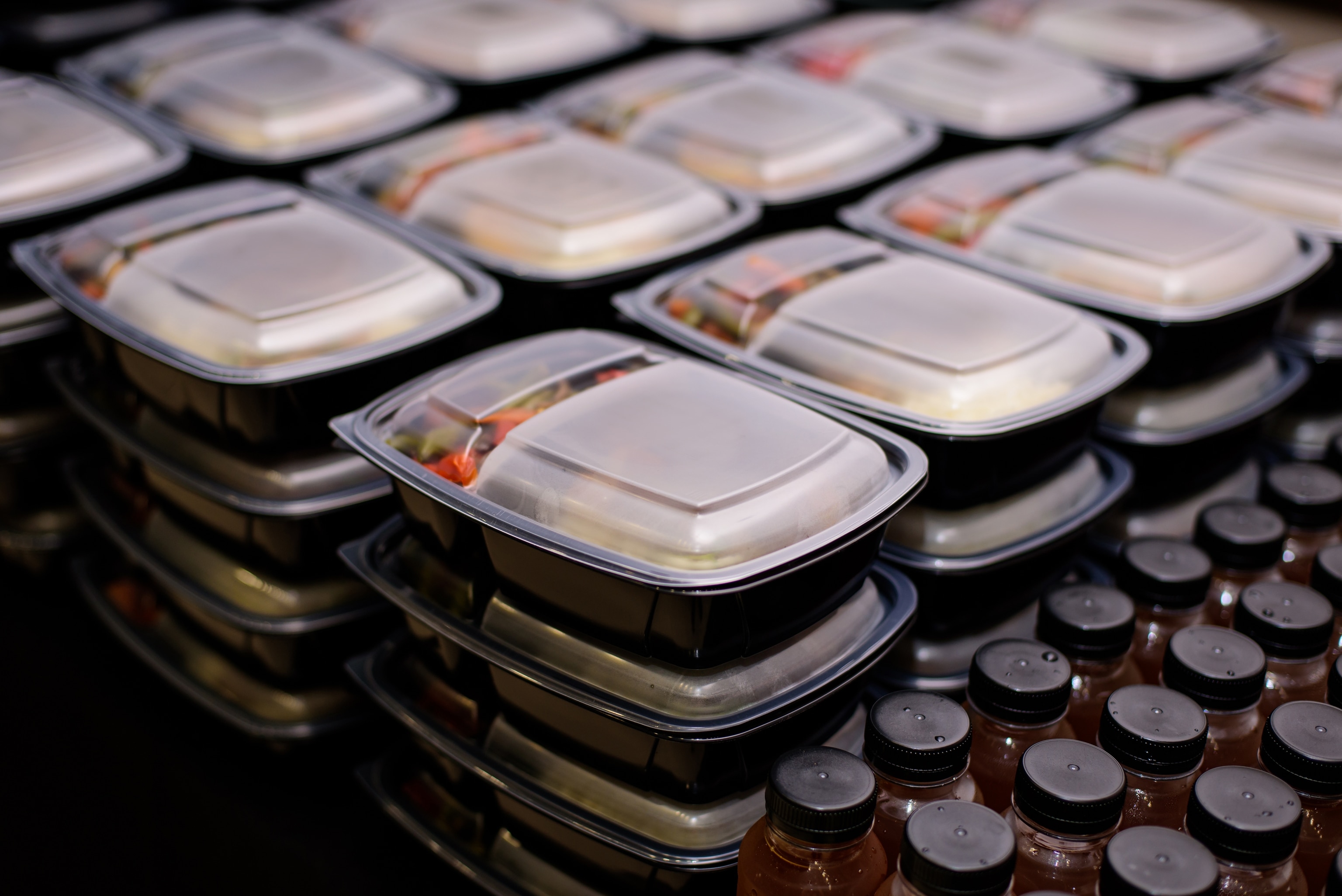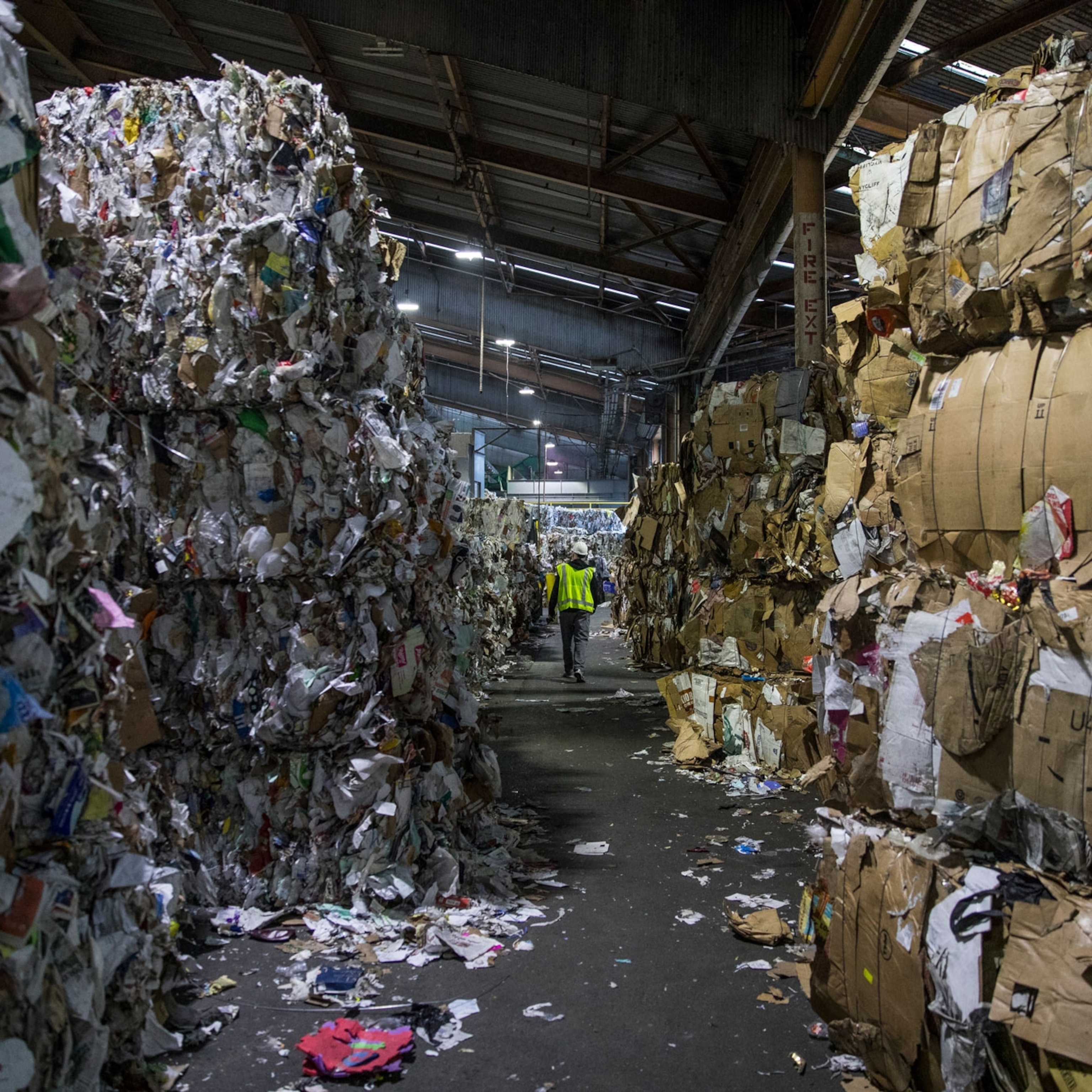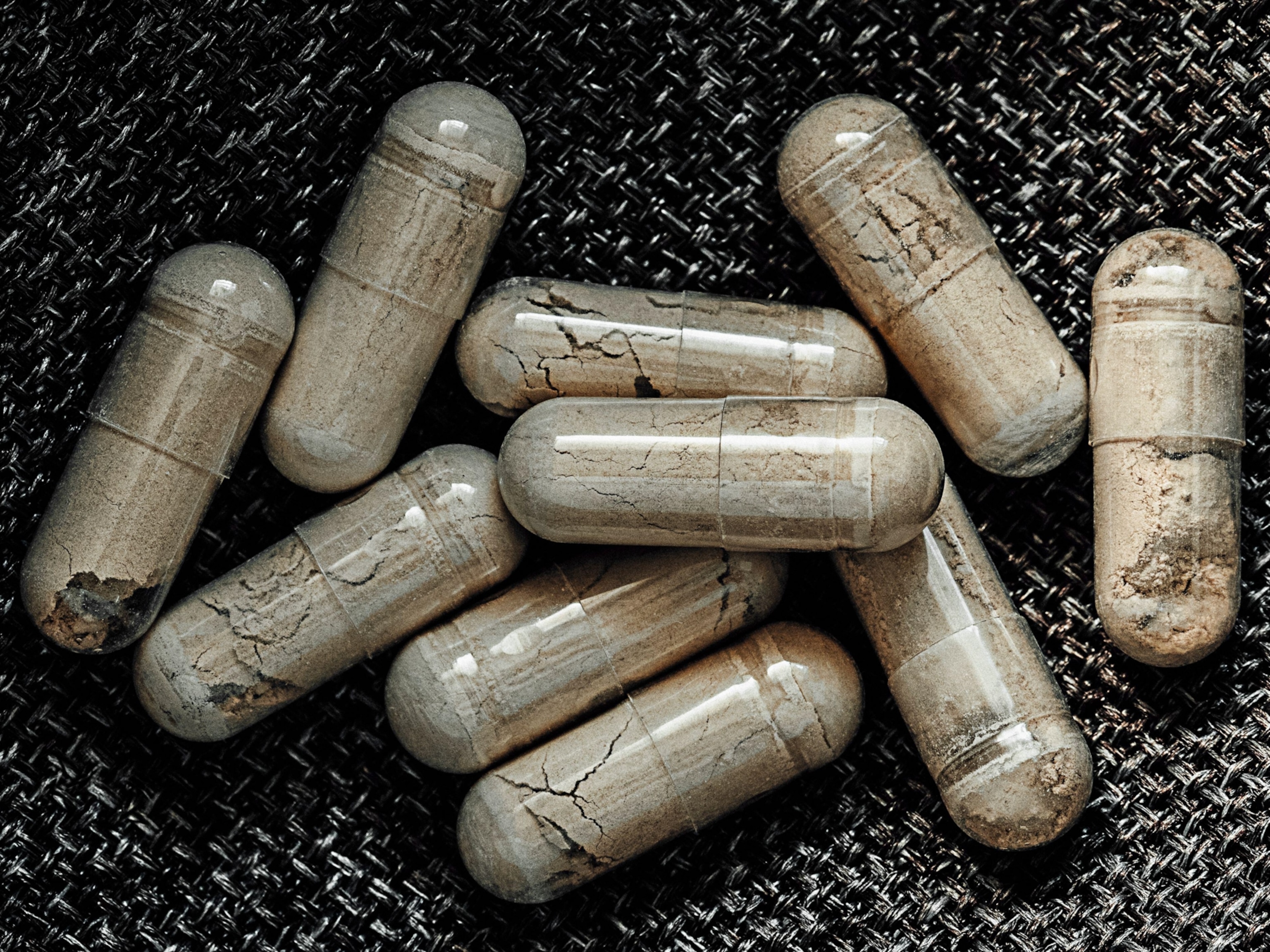Here's why everybody is currently avoiding black plastic kitchen utensils
Recent concerns about contaminants in black-colored plastics sparked consumer concerns, but there’s more than one reason to think twice about these items.

Plastic is being increasingly scrutinized over how it’s manufactured and what the chemicals used during those processes do to our bodies.
But recently, black plastic has been particularly scrutinized.
This dark-colored material is commonly used to encase electronic products such as televisions, stereos, coffee machines, and laptops.
It is also frequently spotted in kitchen tools and food containers. The color often comes from the addition of carbon black, which is essentially a form of soot normally created by partial combustion of petroleum products. Carbon black is mostly used to strengthen rubber in tires, but is also found in printer inks, hoses, and conveyor belts.

It’s added to plastics for aesthetic purposes and because it makes plastic stronger and less likely to wear down from sunlight.
But a recent peer-reviewed study in the journal Chemosphere published in October found toxic flame retardants in 17 out of 20 tested examples of food service ware, kitchen utensils, hair accessories, and children’s toys with black plastic components. The study’s authors, researchers from the organization Toxic-Free Future and the Vrije Universiteit in Amsterdam, later had to publish a correction when it was discovered that their paper contained a math error that stated these plastics could expose consumers to 80 percent of the EPA-recommended daily safe limits of flame retardants. The true figure was 8 percent.
In addition, some experts were critical of the study’s methods.
Joe Schwarcz, director of the McGill University Office for Science and Society in Montreal, Canada noted that the authors placed black plastic spatulas in olive oil at 302°F for 15 minutes. “This is not a realistic situation,” he pointed out. “You don’t have your kitchen utensil boiling in hot oil for 15 minutes. You turn an omelet over with it or stir your spaghetti.”
Yet environmental and health experts say there are still reasons to avoid this type of plastic.
Too dark to recycle
One study of plastic in the U.K. found that black plastic made up around 15 percent of the plastic waste stream. Most of that was single use packaging or food containers.
Yet its signature dark color renders black plastics incompatible with most plastic recycling facilities.
These facilities use infrared light to identify the composition of various plastics and sort them, but because carbon black absorbs infrared, the scanners often identify black plastic as general waste.
Schwarcz explains that, “In theory, black plastic could be recycled,” if the scanners could identify it; to that end, he says, some centers are experimenting with using artificial intelligence to improve their ability to “see” black plastic. One manufacturer has devised an alternative means of dying plastic black that it says will enable it to be recycled more widely.
But, until and unless such technology becomes adopted widely, the bulk of black plastic goes straight to the landfill.
This creates a number of problems. One, of course, is that plastic that could have theoretically been recycled ends up creating more trash. Greenpeace is among those to have called for a ban on black plastic— and other single-use plastics—to reduce pollution in landfills, rivers, and seas.
The government of Canada has done just that, passing a prohibition on the manufacture, import, and sale of black and other single-use plastic checkout bags, cutlery, and foodservice items, among other products.
Where does plastic material come from?
According to a 2018 study, there is “mounting evidence” that “the demand for black plastic appears to be met, in no insignificant part, by the recycling of plastic from waste electronic and electrical equipment.” As the controversial October study noted, many of these e-waste products contain flame retardants to protect devices from overheating, including a compound known as decabromodiphenyl ether, or decaBDE.
Studies have linked decaBDE with cancers and reproductive and developmental harm in laboratory animals. There is less comprehensive evidence of its impacts on humans, but it has been severely curtailed or banned in multiple countries, including in the European Union. In 2021, the United States Environmental Protection Agency (EPA) largely prohibited “all manufacture (including import), processing, and distribution in commerce of decaBDE, or decaBDE-containing products or articles,” and updated that order with additional restrictions in late 2024.
“It's not such a problem if you're using it as a down pipe or a gutter or a road sign,” said Andrew Turner of the University of Plymouth in England, author of the 2018 study on the presence of electronic waste in domestic plastics. “But when you start putting it in toys and flasks and stirrers, that's when the real issue begins, that's when you start exposing people through handling, chewing and cooking to things that shouldn't really be there.”
In a statement, Toxic-Free Future argued that their recent paper’s error didn’t affect the overall conclusions of their report, which are that potentially toxic flame retardants are present in large numbers of consumer products.
“These flame retardants are well known as hydrophobic chemicals, which means they hate water, but they love oil," explained Turner. "So, when you expose them to oil, the oil acts like a solvent and will facilitate their leaching out.”
But the exact temperature and timespan at which that happens remains unclear.
Should consumers have access to black plastic?
Earthjustice has filed a lawsuit on behalf of the Yurok Tribe in California, Alaska Community Action on Toxics, the Center for Environmental Transformation, and the Consumer Federation of America against the EPA, alleging that the continued presence of decaBDE in black plastic and the resulting presence in landfills poses a particular risk to the well-being of Indigenous peoples.
John Hocevar, oceans campaign director for Greenpeace US, argues that the controversy over black plastics is illustrative of the failure of plastic recycling as a whole. Only about six percent of the plastic manufactured in the U.S. gets recycled, and part of that results from plastic products not designed to effectively make it through the recycling process.
He notes that the U.S. is among the countries presently negotiating a global plastic treaty, which aims to reduce plastic pollution. The treaty, Hocevar explained, could address plastics with harmful chemicals or plastic products that are difficult to recycle.
In the meantime, should we be replacing our black plastic products?
“I don't like to be alarmist and say to everyone, just chuck it all away,” said Turner. “Because of course, that's just going to be not recyclable anyway. But if you were thinking about going out and buying new stuff, I would avoid things that are black and plastic.”








